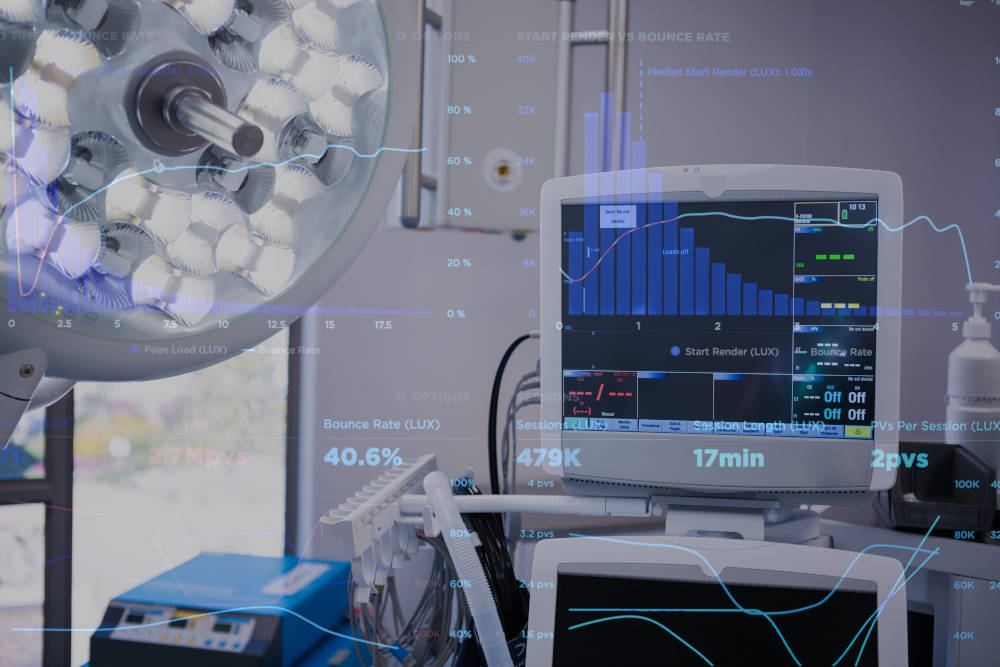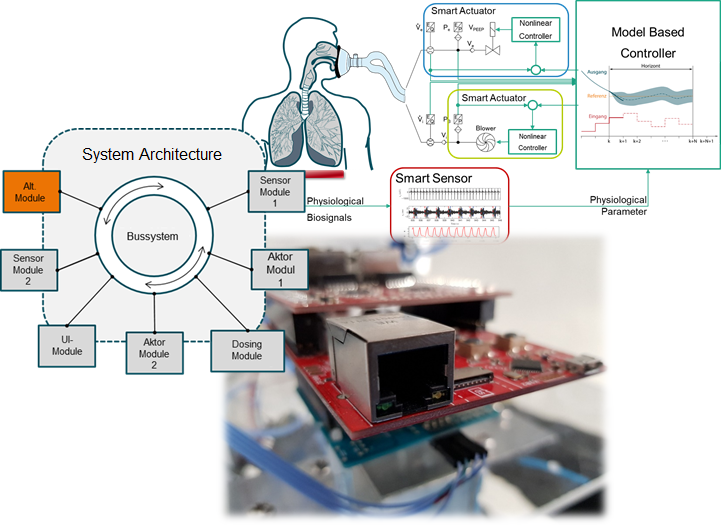
Model-based development is the logical advancement of digitalization in the development process. In the beginning of this process, system engineering can be used to employ a central model to harmonize all information existing in document form and to grant access to all users as a database that is always up-to-date. This facilitates improved handling of the complexity of modern cyberphysiological systems, simplification of the coordination between the actors in the development process, and storage of all relevant information about the product life cycle independent of any single person.
Further along the development process, computer models are increasingly used in the selection and optimization of suitable technology concepts and as a basis for virtual verification of a system to be developed. In medical technology, the use of patient models also allows for preclinical validation, thus keeping animal and subject studies to a minimum. The models created during development can then be used as digital twins of a device to provide information about its maintenance status and thus prevent critical failures during operation.
Find out more about our services regarding In-Silico Modeling, System Modeling and Automation and Control.
